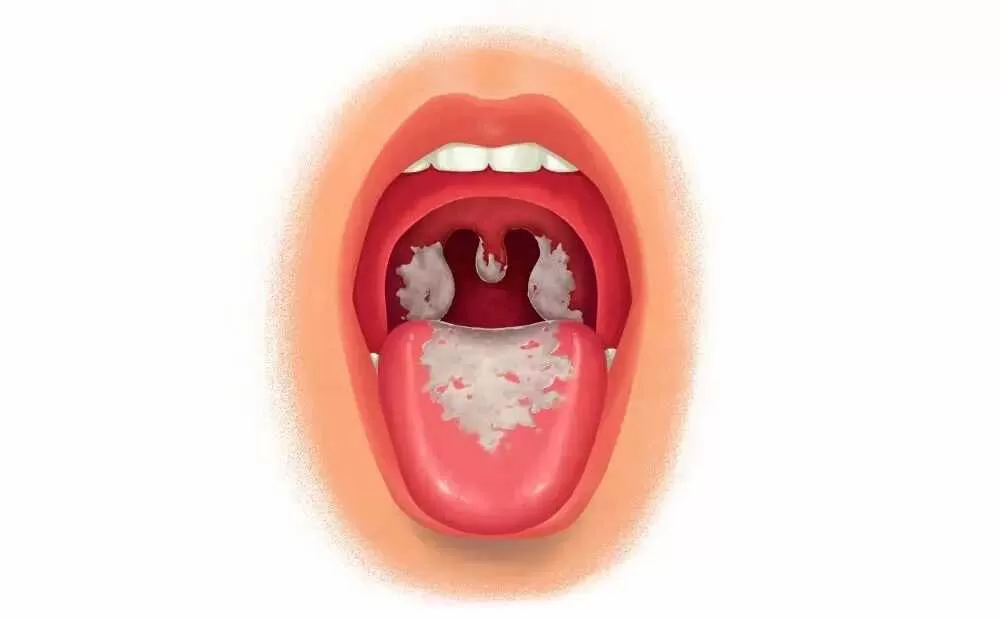Diphtheria is caused by a bacteria known as Corynebacterium diphtheriae.

This bacterium releases a toxin that makes your throat thick with grey tissue and impairs breathing and swallowing.
Types of Diphtheria
Classical respiratory diphtheria: The larynx (voice box), tonsils, nose, throat, and tonsils can all be impacted by the most prevalent kind of diphtheria, classical respiratory diphtheria.
Depending on where in your body the damaged membranes are, different symptoms may be present.
Pharyngeal diphtheria (also known as throat diphtheria) is the name given to this illness.
Cutaneous diphtheria: The rarest type of diphtheria, cutaneous diphtheria is characterised by skin rash, sores or blisters, which can appear anywhere on your body.
Cutaneous diphtheria is more common in tropical climates or crowded places where people live in unhealthy conditions.
Common Diphtheria Symptoms Are:
- Throat pain.
- Weakness or fatigue.
- Fever.
- Swollen neck glands.
- Problems breathing due to tissues obstructing your nose and throat.
- Difficulty swallowing (dysphagia).
- Nerve, kidney or heart problems (if the bacteria enters your bloodstream).
How You Can Contract The Disease
Diphtheria can be acquired through contacting an object that has germs on it or from airborne droplets that contain bacteria that are spread by sneezing, coughing, and spitting.
A person who is infected can also pass the infection to others by touching an open sore or clothing that has been touched by them.
Also, multiple cases of diphtheria are possible in a lifetime.
Prevention Or Cure?
Diphtheria can be successfully treated with antibiotics and antitoxins when treated quickly.
It can be completely avoided with vaccination.
There are different immunisation schedules for getting the series of shots, including booster shots after the first ones are given.
In general, vaccine side effects might include fever, pain or redness at the needle site, and rarely, an allergic reaction to the vaccine itself.

